I have been criticised recently for being excessively flippant about the very serious business of university league tables. It’s a fair challenge.
For what could be more serious than pulling together a range of vaguely related measures loosely connected to higher education, weighting them, adding them up, modifying the answers to get an interesting result and then publishing it as a league table.
As this commentary from my colleague Professor Mike Merrifield observes using university league tables is not a great way to choose where to apply for a university place both because of the way they are compiled and their inherent flaws.
But there are plenty of them out of there and they never stop coming. And we are now in peak league table season. So, put your sceptical face on and have a look at a couple of the most recent major offerings.
Doing it for the kids
First up is the new QS international ranking – here’s the (largely unchanged) top 10.
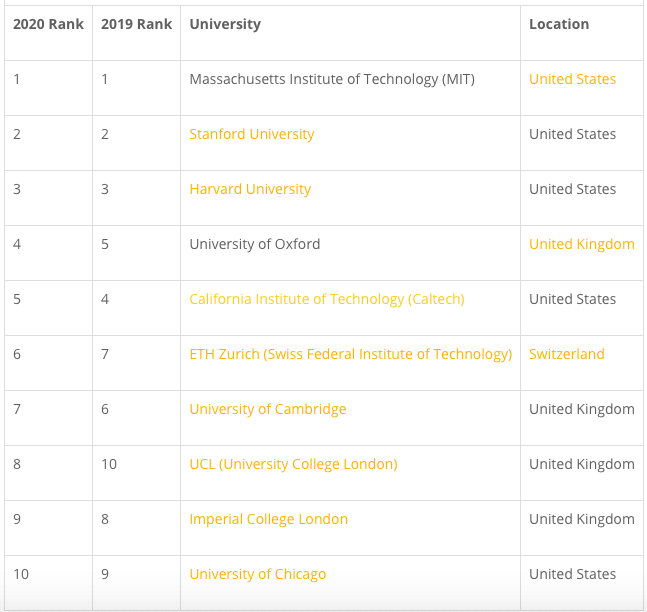
This ranking aims to be for the students:
The world is changing, and higher education is no exception. The numbers of students participating in higher education is escalating globally, those doing so outside their own country is on the rise dramatically. In many countries funding is being slashed and tuition fees introduced or raised, international students have become a critical commodity for some universities and there is little compromise in the attempt to attract them…Never before has this crucial life decision involved so many options or such an unfathomable volume of information.
That is who we are for. The students. And more specifically, prospective international students.
QS has a long history and continues to offer a wide range of rankings, global and regional:
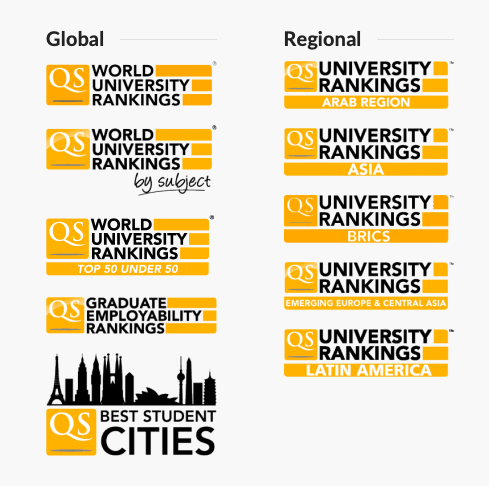
The methodology has not changed greatly over the years with 40% of the ranking coming from a global survey.
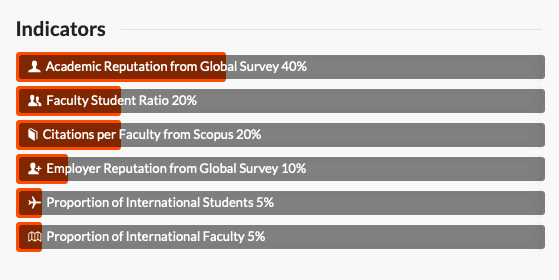
This results in a degree of stability in the table although this year’s headlines are all about the decline of UK and US universities in the rankings. For example, this story in University World News notes:
The United States’ higher education system has recorded its worst performance in 16 years and is accelerating in its rate of decline, according to the 16th edition of the QS World University Rankings.
The rankings, released on 19 June, sees 72.6% of the US’s 157 ranked universities deteriorate in rank. The US has also recorded its lowest number of top-100 universities (29) since 2016, and four fewer than last year (33).
The United Kingdom also had a poor year, with its third-worst performance since the ranking began, with 66% of universities losing places, although the decline was lower than in 2017 (with 70.5% of universities falling) and 2018 (70.6%).
And the Guardian observed that Cambridge had tumbled to its lowest ever place in the ranking.
Still, all of those in the table, even Cambridge, do get badges.
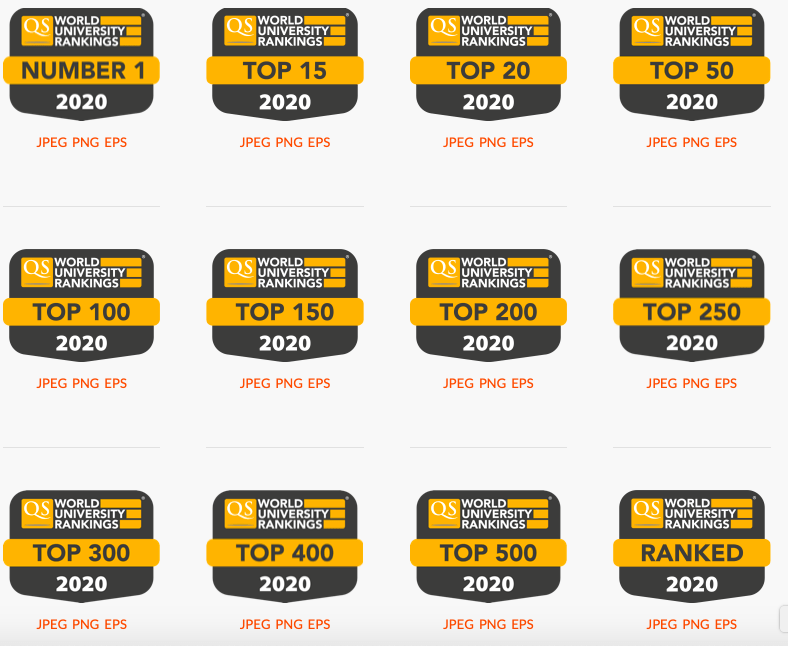
Trans Europe Express
U-Multirank has also just published its latest ranking. U-Multirank is a league table supported through funding from the European Commission which started almost a decade ago. Like other rankings it aims to be there to provide helpful information to prospective students.
Distinctively, it also makes a pitch not to be a league table. Or at least to be a different kind of league table:
U-Multirank takes a different approach to the existing global rankings of universities. Firstly, it is multi-dimensional and compares university performances in the different activities that they are engaged in. It is not confined to research but takes into account different aspects and dimensions of the performance of universities: teaching and learning, research, knowledge transfer, international orientation and regional engagement.
Secondly, U-Multirank does not produce a combined, weighted score across these different areas of performance and then use these scores to produce a numbered league table of the world’s “top” 100 universities. The underlying principle is that there is no theoretical or empirical justification for such composite scores. Empirical studies have shown that the weighting schemes of existing global rankings are not robust: small changes in the weights assigned to the underlying measures (the indicator scores) will considerably change the composite scores and hence the league table positions of individual universities. Therefore, the U-Multirank methodology looks at the scores of universities on individual indicators and places these in five performance groups (“very good” through to “weak”).
So, you don’t get a league table. But you do still get league tables. As this handy map of the top 100 performers by the five U-Multirank dimensions – teaching and learning, research, knowledge transfer, international orientation, and regional engagement – demonstrates, there is still a lot of ranking going on in U-Multirank.
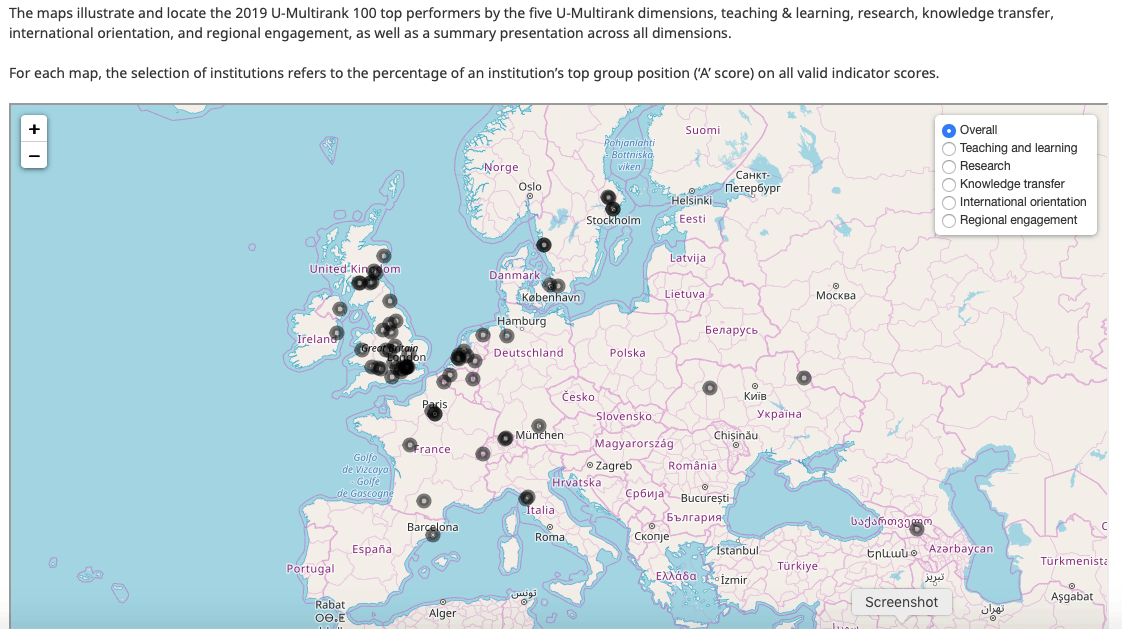
Whilst U-Multirank does claim to be different and special it does still suffer from the same weaknesses as every other league table. Does it help prospective students? Who knows. But there does not seem to be a lot of evidence to suggest it does.
One from the East
And finally, just to illustrate that everyone is at it, we have a new ranking from Uzbekistan.
As originally highlighted on Emma Sabzalieva’s blog (which is well worth visiting for all things education in central Asia), there is a league table covering all 65 recognised and accredited Uzbekistani institutions. This new listing aims:
to provide a non-academic League Table of the top Uzbekistani Universities based on valid, unbiased and non-influenceable web metrics provided by independent web intelligence sources rather than data submitted by the Universities themselves.
It’s a web-metrics based one then which makes even the most dubious of national and international rankings methodology look pretty sound. Still, nice graphic:
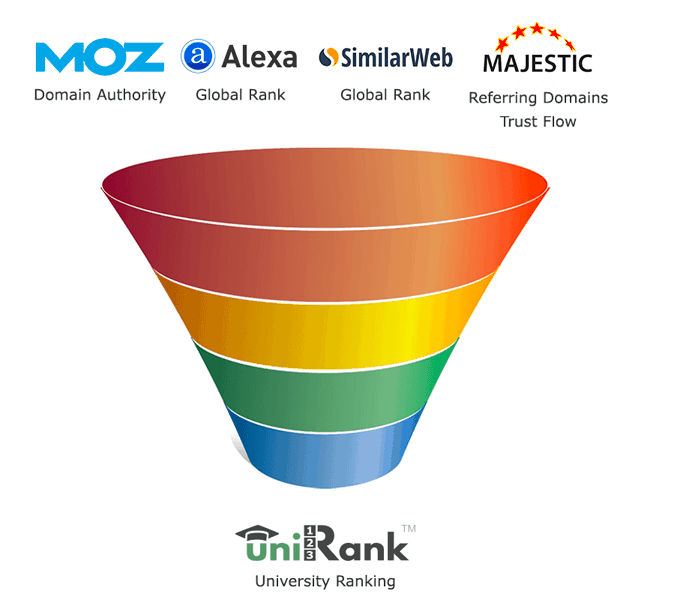
Anyway, I’m sure the top institutions will not surprise anyone in Uzbekistan or elsewhere.
So there you have it, more deep, serious and highly insightful observations about the most important features of our higher education landscape.














There’s too much context to try and understand here, couldn’t you just rank them for us?